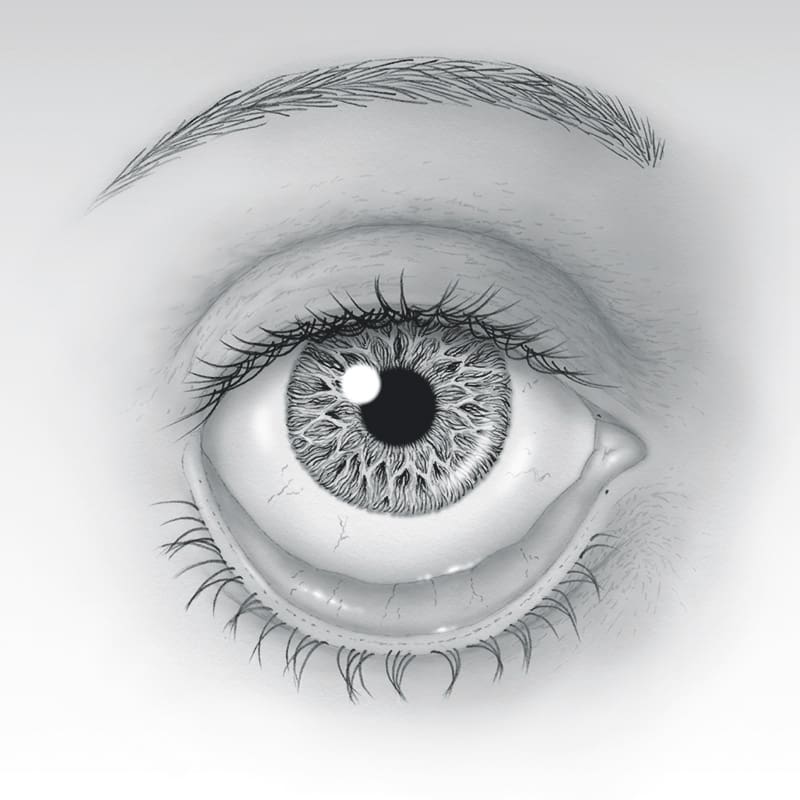Eye Effects of Facial Paralysis
What Is Facial Paralysis?
The facial nerve controls many muscles in the face, including those that help you smile, frown, close your eyes, and raise your eyebrows. If this nerve is damaged — due to trauma, surgery, stroke, Bell’s palsy, or infection — one side of the face may become weak or paralyzed.
When this happens, the eye on the affected side may:
• Water or tear constantly
• Feel dry, scratchy, or irritated
• Have a droopy upper or lower eyelid
• Have trouble blinking or closing fully
Some people may also have facial drooping, speech changes, or difficulty eating.

What Happens Over Time?
Sometimes facial nerve function improves over a few months. In other cases, recovery is only partial or incomplete. As the nerve heals, some muscles may move in unusual or uncoordinated ways — this is called synkinesis.
Common symptoms of synkinesis:
• Eyelid spasms or twitching
• Squinting when chewing
• Drooping of the upper eyelid
These changes are often permanent, but treatments are available to help manage symptoms.
Treatment Options
For Eye Protection
If the eye does not close well, it may dry out, especially at night. Treatment may include:
• Artificial tears and ointment
• Moisture goggles or eye taping at bedtime
• Surgery to improve eyelid closure, such as:
• Tightening a loose lower eyelid
• Partially sewing the eyelids together at the outer corner (tarsorrhaphy)
• Placing a gold or platinum weight in the upper eyelid to help it close
These procedures are often reversible if nerve function improves.
For Facial Symmetry
When paralysis is long-lasting, surgery may be considered to:
• Lift the brow or corner of the mouth
• Improve balance between both sides of the face
• Restore muscle movement (facial reanimation surgery)
For Synkinesis
Treatment for uncoordinated facial movement may include:
• Physical therapy to retrain muscles
• Botulinum toxin injections to reduce spasms
• Medication or, in some cases, surgery
Your oculofacial plastic surgeon will help you decide what options are best based on your symptoms and goals.
Risks and Complications
• Repeat procedures may be needed, especially if nerve function changes over time.
• As with any surgery, bleeding and infection are possible but uncommon.
• Let your doctor know if you take blood thinners, as they can increase the risk of bleeding.
No surgeon can guarantee a perfect result, but the goal is always to improve eye comfort, protect vision, and restore balance to the face. Every case is different, so it’s important to discuss your concerns openly with your doctor.